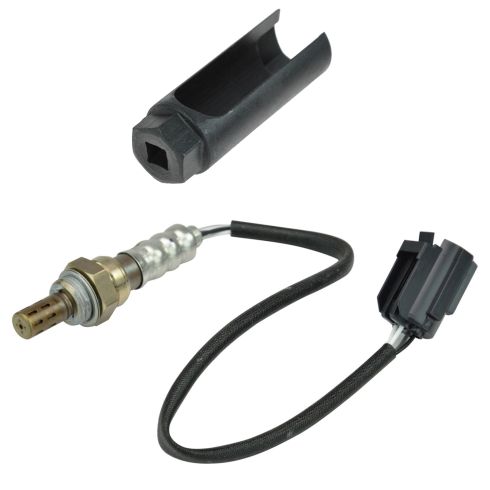1AEEK00515-Jeep Dodge Chrysler Plymouth Eagle O2 Oxygen Sensor TRQ OSA61652

Replaces
1999 Chrysler Town & Country V6 3.8L Upstream O2 Oxygen Sensor TRQ OSA61652

Product Reviews
Loading reviews
4.67/ 5.0
3
3 reviews
Oxygen sensor review
February 13, 2017
Although my truck is still not running I absolutely needed the sensor. The old wires were all chewed up. I even made a mistake when ordering the part and your staff helped me with getting back on track and getting the correct sensor to me. Thanks for all your help and the very informative videos too!
Great company and Product
March 28, 2017
Wonderful selection of products plus fast shipping. A person can't ask for more. Thanks for the video help, it made the installation that much easier.
good but not perfect
October 26, 2018
Replacement part was not exact, had to get creative to install. Shipping was a bit slow.
Customer Q&A
When comparing this says its for a two wheel drive but mine is a four-wheel-drive well this work?
February 1, 2016
does the sensor work on either bank?
August 27, 2017
10
Based on appearance I'd say yes. I have not purchased the second sensor yet. But most likely will soon.
August 28, 2017
Mark M
10
This O2 sensor is not bank specific, but is specific for the upstream sensor!
September 3, 2017
Tim K
I need the downstream sensor is this what I need ?
September 18, 2018
10
Depending on your application, this will fit either Upstream OR Downstream. We would need further vehicle information to determine if this would be the Downstream sensor for your vehicle. Thank you.
September 19, 2018
Jessica D
What is overall length of this 02 sensor?
August 30, 2024
10
17 inches
September 1, 2024
Tim D
10
17 inches
September 1, 2024
Tim D
Chrysler is a registered trademark of FCA US LLC. 1A Auto is not affiliated with or sponsored by Chrysler or FCA US LLC.
See all trademarks.

















